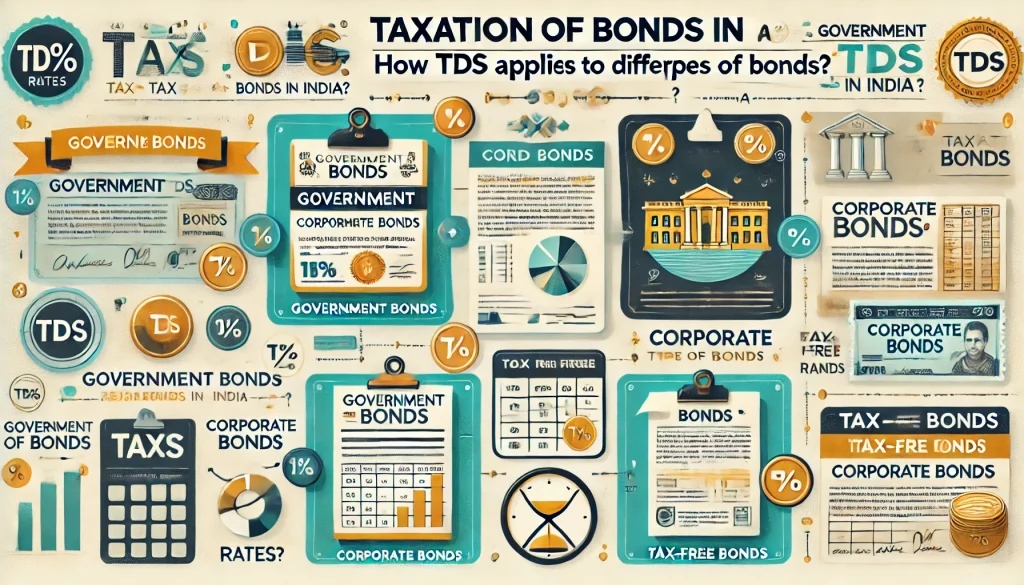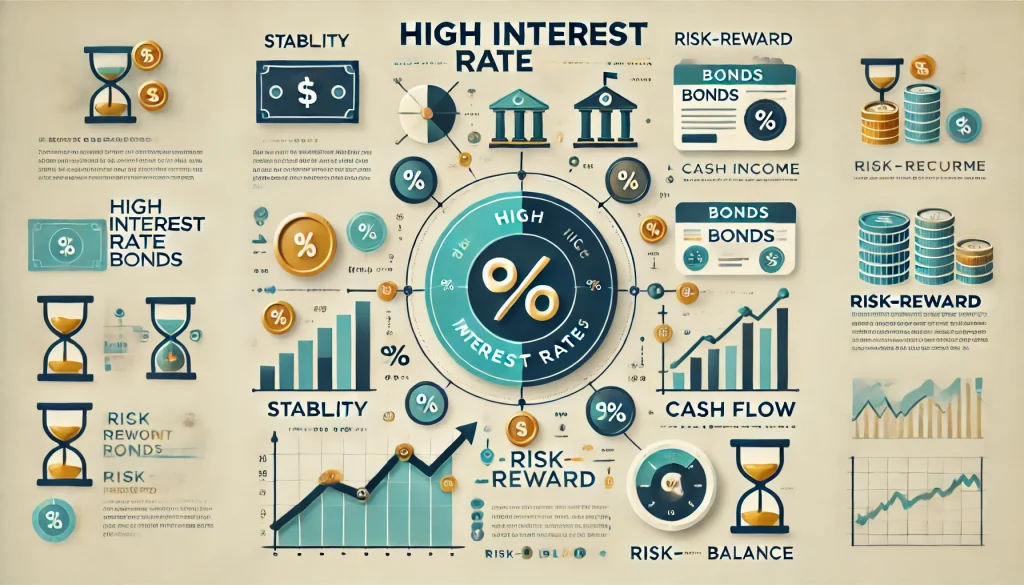
Inflation-indexed bonds or Inflation bonds are issued by the government and are one of the safest investment options for individuals who want to protect their funds from inflation. When high inflation erodes the profit, bonds like inflation-indexed bonds safeguard one’s investments.
What are Inflation Bonds?
The Government introduced inflation-indexed bonds or IIBs for the first time in 1997. RBI wanted this bond to function as a security of capital and provide protection against inflation.
The interest rate is linked to any index such as Consumer Price Index (CPI). Both primary amount and interest payments in these investments go through adjustments intermittently accounting for inflation and maintaining its real value.
With that, it provides investors’ money with an added protection against various impacts of inflation.
Features of Inflation Bonds
Inflation-linked bonds have several other intriguing features that investors can benefit from:
- One can trade IIBs on stock exchanges. It means that IIBs offer investors liquidity and they can exit their investment before it matures.
- IIBs are eligible for repo transactions.
- The central government issues IIBs. Therefore it is a safe option to invest in.
- One can avail IIBs at various maturities spanning from 5 to 40 years. Investors with varied investment horizons can invest in them.
- To improve financial condition of middle class and poor people is the principal aim of this bond.
- Minimum investment for an individual is ₹5000 and maximum is ₹10,000 per year.
- Maximum investment for an institution is ₹25 lakhs per year.
- The income stream is predictable with IIBs as it has a fixed rate of return.
- The outstanding principal of inflation-indexed bonds rise with inflation.
- There are no special tax concessions for IIBs.
How Is Interest on an Inflation-Indexed Bond Calculated?
The principal amount, being linked to inflation, causes principal value to rise with inflation. The formula to calculate interest on an inflation-indexed bond considers the current level of deficit finance.
For example, if the inflation rate is 5.02% (like it was in September 2023) and the bond’s fixed interest rate per annum is 1.5%, then the interest rate would be 1.5% of the current principal value and an additional 5.02% of the original principal value.
How Does an Inflation Bond Work?
If we compare inflation index bonds with another investment option that offers fixed interest rates such as fixed deposits with a bank, it would be easier to understand how inflation-indexed bonds work.
Fixed deposits offer a fixed rate of interest throughout its tenure. Inflation diminishes the real value of the principal amount. The fixed deposit does nothing to protect that, but the inflation-indexed bond does.
Based on the Consumer Price Index (CPI) the inflation-indexed bonds adjust both principal and interest payments to offer a constant minimal real return. It increases capital with inflation as they are directly proportional. Due to this adjustment, the actual interest is greater than the initial calculations.
During deflations, the interest payment falls, but the capital does not decline below the face value or the initial investment.
How to Invest in these Bonds?
With the advent of technology, investors can invest in bonds digitally without much hassle. Here is a step-by-step guide on how to invest in inflation-indexed bonds:
- Step 1: Head over to a registered broker and create a demat account and a trading account.
- Step 2: Browse through the new bond issuance and upcoming bond public issues via the broker’s platform to invest in the primary market.
- Step 3: Click on “Apply Now” when you find your preferred inflation-indexed bonds.
- Step 4: Use UPI for payments up to ₹5 lakhs and use ASBA (Applications Supported by Blocked Amount) mode for application amounts over ₹5 lakhs.
- Step 5: If you want to invest in the secondary market, visit the page specified for bonds that have already been issued before (in the primary market) and choose one from the inventories.
Via the broker’s platform, you can both buy and sell the IIBs at your convenience.
Pros of Inflation Indexed Bonds
You can observe the following plus-points or pros of inflation-indexed bonds:
- They have zero inflation risk. It means that an investor’s money will rise in value with the rising prices.
- In case of inflation-indexed bonds RBI offers a fixed long-term yield allowing investors the stability of a fixed-income.
- IIBs provide valuable diversification as they have no correlation to the returns of the stock market.
Cons of Inflation Indexed Bonds
Although one of the safest investment options, IIBs still have some cons:
- CPI is not a perfect metric to measure inflation. That is why some experts think it is uncertain how well IIBs can protect one’s investments from inflation.
- Compared to other securities such as stocks, IIBs’ earning potential is low. Due to its fixed return feature the potential for higher returns is limited.
- As CPI rises the value of investor’s money increases and phantom income can occur. Phantom income can be defined as unrealised earnings which the investor has not received yet. Therefore they are not subject to current taxes.
How Risky Are Inflation Indexed Bonds?
Although inflation-linked bonds are mostly associated with safety and security they also have some of the following risks involved:
- During times of deflation, investors may lose years of inflation-adjusted accruals. The principal and interest rates will come down if there is deflation in the market.
- As inflation-indexed bonds have two values, namely the original face value and the current adjusted value against inflation, there is a complication in taxation and trading.
- IIBs’ value can fluctuate with interest rate fluctuations. For example, an increase in the market interest rate will diminish the value of inflation-indexed bonds.
Who Should Invest in Inflation Indexed Bonds?
To invest or not to invest in IIBs is up to an investor’s financial goals and investment strategy. You might invest in these bonds if you are:
- An investor who wants a regular and stable income.
- Someone who wants to protect their funds from inflation.
- An investor who wants to diversify the portfolio.
With this, you have a brief idea about inflation-indexed bonds and what they can do for you. If you are new to investing in bonds you may need to consult a financial adviser before putting your money into any investment options.
FAQs
Inflation-indexed bonds are a good investment option during volatile periods. With maturity periods ranging from 5 to 40 years, these bonds will provide long term fixed returns. So, they can be a good investment option for long term investors.
Yes, inflation indexed bonds are taxable. On top of that, RBI has indicated that as of now there will be no special tax sops for investments in inflation-indexed bonds.
According to the RBI Act, of 1934, the government of India and the central bank of the country i.e. RBI would set the inflation target.
The Ministry of Statistics and Programme Implementation (MoSPI) and the National Statistics Office (NSO) released the All India Consumer Price Index (CPI) in India.


